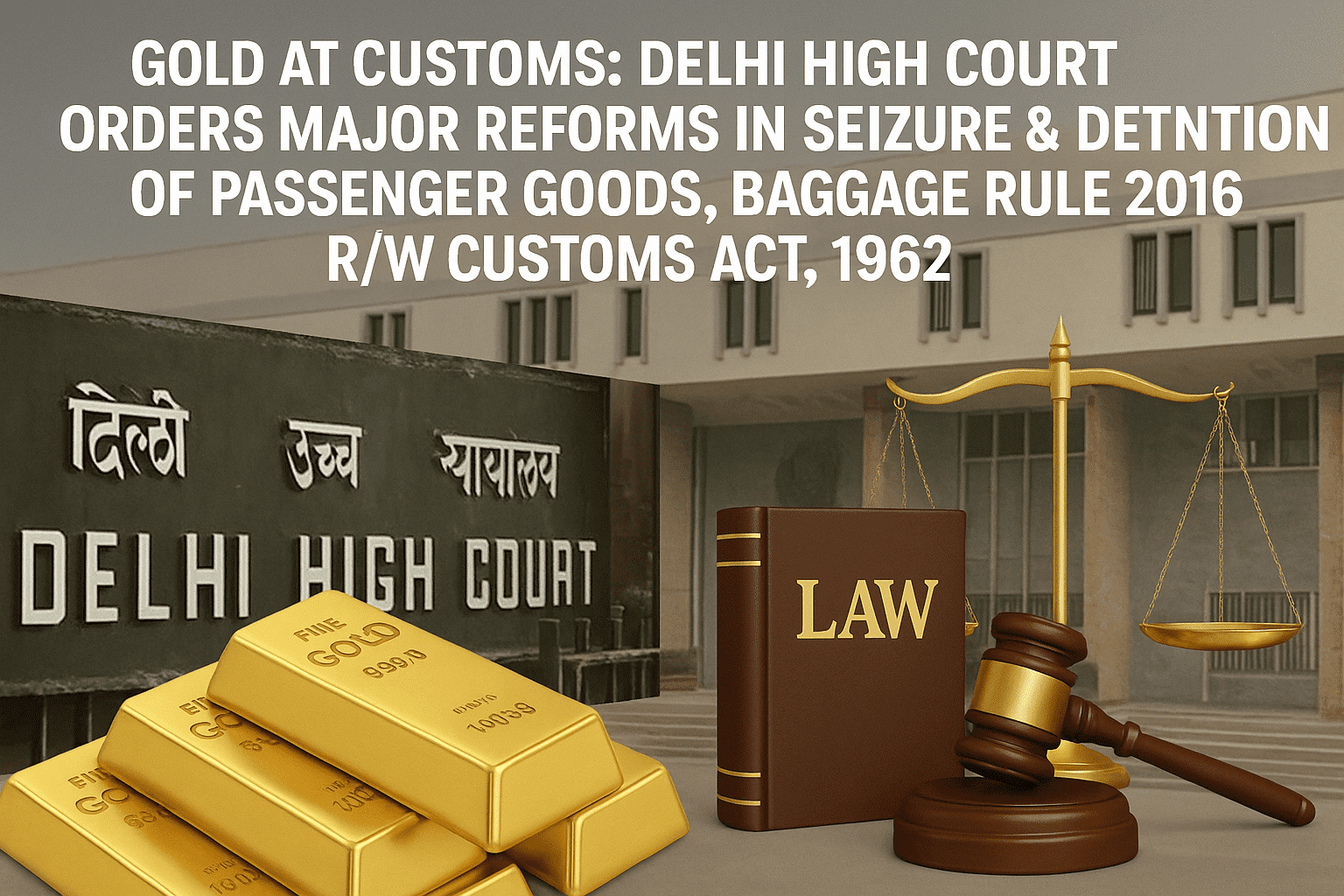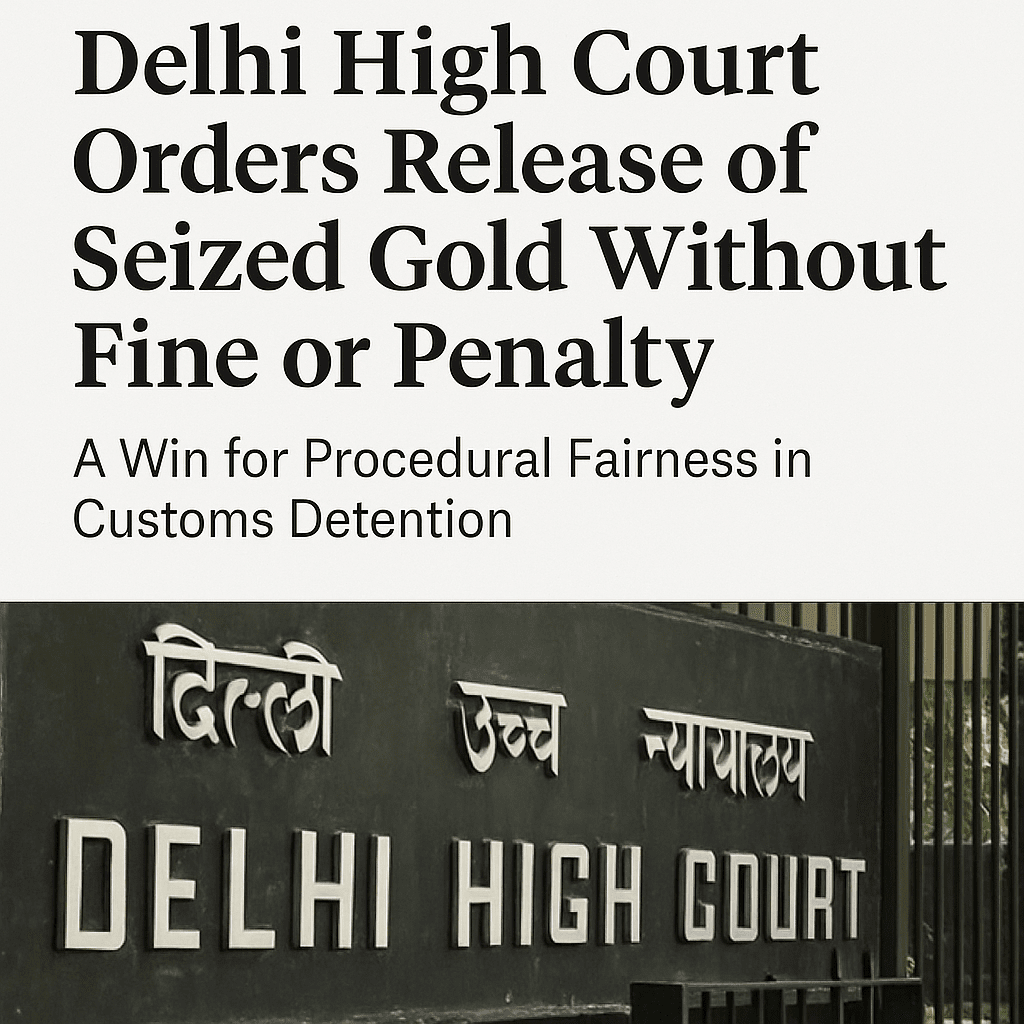Issues relating to Intellectual Property Rights in India
Intellectual Property Rights Issues in India
Intellectual Property Rights are legal rights governing the use of creations of the human mind. The recognition and protection of these rights is of recent origin. Patents, designs and trademarks are considered as industrial property. As per International Convention for the protection of industrial (Paris Convention) the protection of industrial property has as its object patents, utility models, industrial designs, trademarks, service marks, trade names, indications of source or appellations or origin and the repression of unfair competition when copyrights, Geographical indicators, layout Designs and confidential information were included to industrial property, they all become intellectual property. With the trade related Aspects of Intellectual Property Rights (TRIPS) Agreement of World Trade Organisation (WTO), the intellectual property rights attained the authority to enforce the law internationally.
There are many intellectual property rights issues that one faces while getting IP rights in India. So, getting IP rights in India has become a matter of contention and stakeholders are optimistic about India addressing these issues. There are many challenges and issues that India needs to address to maximize the profits of the companies.
Also Read: The Protection of Geographical Indications in India: IPR CLUB
Evergreening of Patent
Evergreening of patent is a social practice rather than legal principle practiced by patent owners. Evergreening of patent can also be described as a business strategy to elongate the patent period. The patents are granted for a period of 20 years in India by paying of annuilty fees. Once the tenure of patent period of invention is over it goes to public domain where it becomes available to company, firm or individual are to manufacture, sell or import. However, sometimes the patentees (mostly pharma companies) try to extend their monopoly right beyond the patented invention period and file new patent so that no other company gets the right to manufacture or sell that invention. This is known as Evergreening of patents. Evergreening of Patent does not lead to therapeutic advantage, but it’s done for company’s economic advantage. Extension of Evergreening of patents shouldn’t be granted unless and until the new version provides the necessary improvement, which is also stated in section 3(d) of the Patent Act 1970. Blocking the Evergreening of patent will bring a big relief to poor people and poor patents who are dependent on life saving drugs.
Subsidies and IPR
Subsidy is a transfer of money from the government to an entity. It leads to a fall in the price of the subsidized product. The objective of subsidy is to bolster the welfare of the society. It is a part of non-plan expenditure of the government. Major subsidies in India are petroleum subsidy, fertilizer subsidy, food subsidy, interest subsidy, etc.The government subsidies doctrine essentially permits the government to engage in at least content-based discrimination when making decisions about what to subsidize. The government subsidies doctrine permits the government, in determining what to fund, to constitutionally discriminate against speech activities based on content. The primary justification for the government subsidies doctrine, namely limited government funding, is inapplicable to the monetizable benefits context. Furthermore, the government often has a monopoly over monetizable benefits but is not the only source of cash funding, and recipients of cash benefits can often disaggregate their activities, whereas recipients of monetizable benefits generally cannot. Finally, expanding the government subsidies doctrine unnecessarily expands the government’s capability to discriminate against certain types of speech with which it disagrees and the related First Amendment concerns.
Protecting Traditional Knowledge
Traditional knowledge is a bank of wisdom, philosophies, observations, art, literature or expertise that is developed by indigenous people or a community. This bank is inherited through generations within a community. For many communities, these knowledge banks are now a cultural identity. In several communities, livelihoods of community members depend upon this wealth of knowledge. As it is passed down through generations, this bank is continually developed and modified, making it a living body of knowledge. These valuable knowledge banks are often used and exploited, particularly in the field of science and medicine. Therefore, indigenous communities are now demanding recognition of traditional knowledge as intellectual property. Protection of traditional knowledge in Indian patent will not only prevent exploitation of traditional knowledge but will also help record these knowledge banks. Many of these traditional knowledge systems are passed down orally and tracing the origin of these systems often becomes difficult. This in turn opens the traditional knowledge systems to exploitation. But the problem for protecting traditional knowledge is most IPs, including patents and copyrights, are granted for a period, say 10 years or 20 years. In case of traditional knowledge, the period of protection is a bone of contention. How long can traditional knowledge systems be protected, especially since the knowledge systems are themselves evolving, is a question. There are no specific laws to protect traditional knowledge systems. Some parts and sections of existing laws can be used to protect the rights of the communities. CSIR and the government have prepared a digital library for traditional Indian medicinal knowledge. This library has been created to protect the traditional knowledge of Indian medicines and curb misappropriation at International Patent Offices. Over the years, the Traditional Knowledge Digital Library has systematically and scientifically recorded traditional medicinal knowledge such as Ayurveda and unani from ancient Indian texts. These recording have also been translated into various global languages. According to the official website of the Traditional Knowledge Digital Library, there are more than 3.6 lakh formulations or practices recorded in the database.
Patent licensing and Drug Control
Limited access to patented pharmaceuticals is a serious issue confronting developing countries. Since the ratification of the Agreement on Trade Related Aspects of Intellectual Property Rights (TRIPS) by the World Trade Organization (WTO), this issue has acquired an even greater degree of urgency since local pharmaceutical industries in countries such as Brazil and India can no longer reverse-engineer patented foreign medicines and sell them at low prices in developing country markets. High prices or outright unavailability of patented foreign goods (such as pharmaceuticals) often prompt governments to undertake policies that can potentially improve consumer access. The two types of policies that have been used frequently in this context are price controls and compulsory licensing. To the best of our knowledge, there exists no formal analysis of the role these policies play in improving consumer access to patented foreign goods. Given the human welfare cost at stake, it is imperative that our understanding of these policies be improved. Motivated by the rules specified in the TRIPS agreement and the actual experience of several developing countries with compulsory licensing. Since monopoly pricing by the patent-holder can erode consumer access, we also allow the South to impose a price control on the patent-holder. The analysis provides several insights. First, the two instruments play rather different roles in terms of how they affect the patent-holders decision to work the patent in the South: while the threat of compulsory licensing encourages entry, the use of a price control encourages voluntary licensing. After all, if local technological capability is substantially lacking, too stringent a price control on the part of a developing country can simply prompt the patent-holder to not work the patent at all. Similarly, if local production suffers from too large a quality gap, the threat of compulsory licensing loses bite. However, the effects of compulsory licensing on global welfare are not always sanguine: while a relatively lax compulsory licensing policy increases world welfare, too strict a compulsory licensing policy can lower it by inducing a suboptimal switch from licensing to entry. Finally, we show that a price control and compulsory licensing are complementary policy tools for the South: a stricter compulsory licensing policy makes it possible for the South to lower the price control under entry thereby improving consumer access.
References
- https://jolt.law.harvard.edu/assets/articlePDFs/v30/30HarvJLTech263.pdf
- https://iptse.com/what-is-traditional-knowledge-and-can-ipr-protect-it/#:~:text=Protection%20of%20traditional%20knowledge%20in,these%20systems%20often%20becomes%20difficult.
- https://www.wipo.int/edocs/mdocs/mdocs/en/wipo_ip_econ_ge_4_12/wipo_ip_econ_ge_4_12_ref_saggi.pdf
- https://www.legalservicesindia.com/article/1742/Intellectual-Property-Rights-in-India.html
- https://www.legalraasta.com/blog/evergreening-of patent/#:~:text=Evergreening%20of%20patent%20is%20a,by%20paying%20of%20annuilty%20fees
Written by Khushi Gupta







![Tax Law Internship at Legum Attorney [Chamber of Ashish Panday], Delhi : Apply by 15th May 2025](https://www.ourlegalworld.com/wp-content/uploads/2025/05/IMG_0113-min.png)

